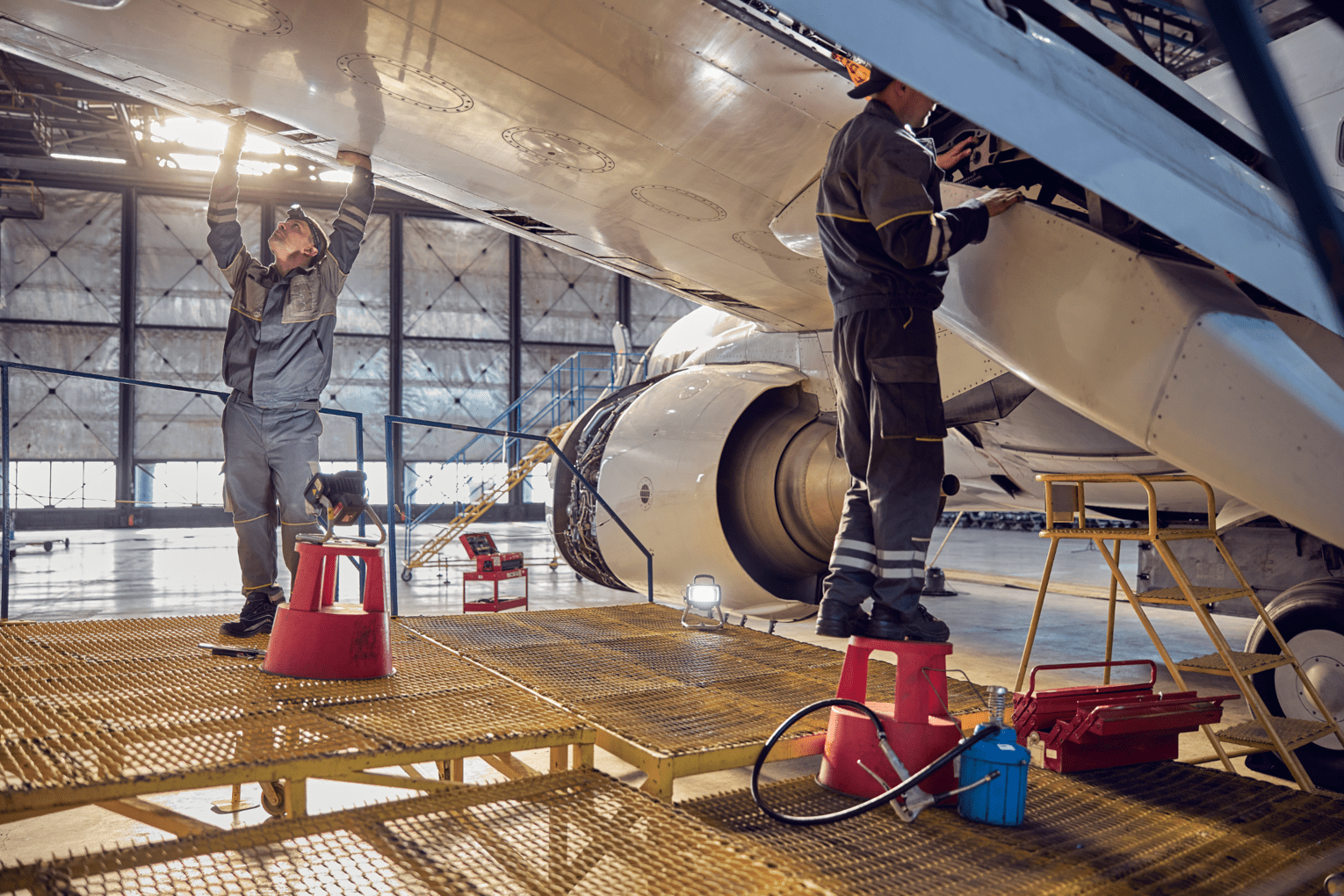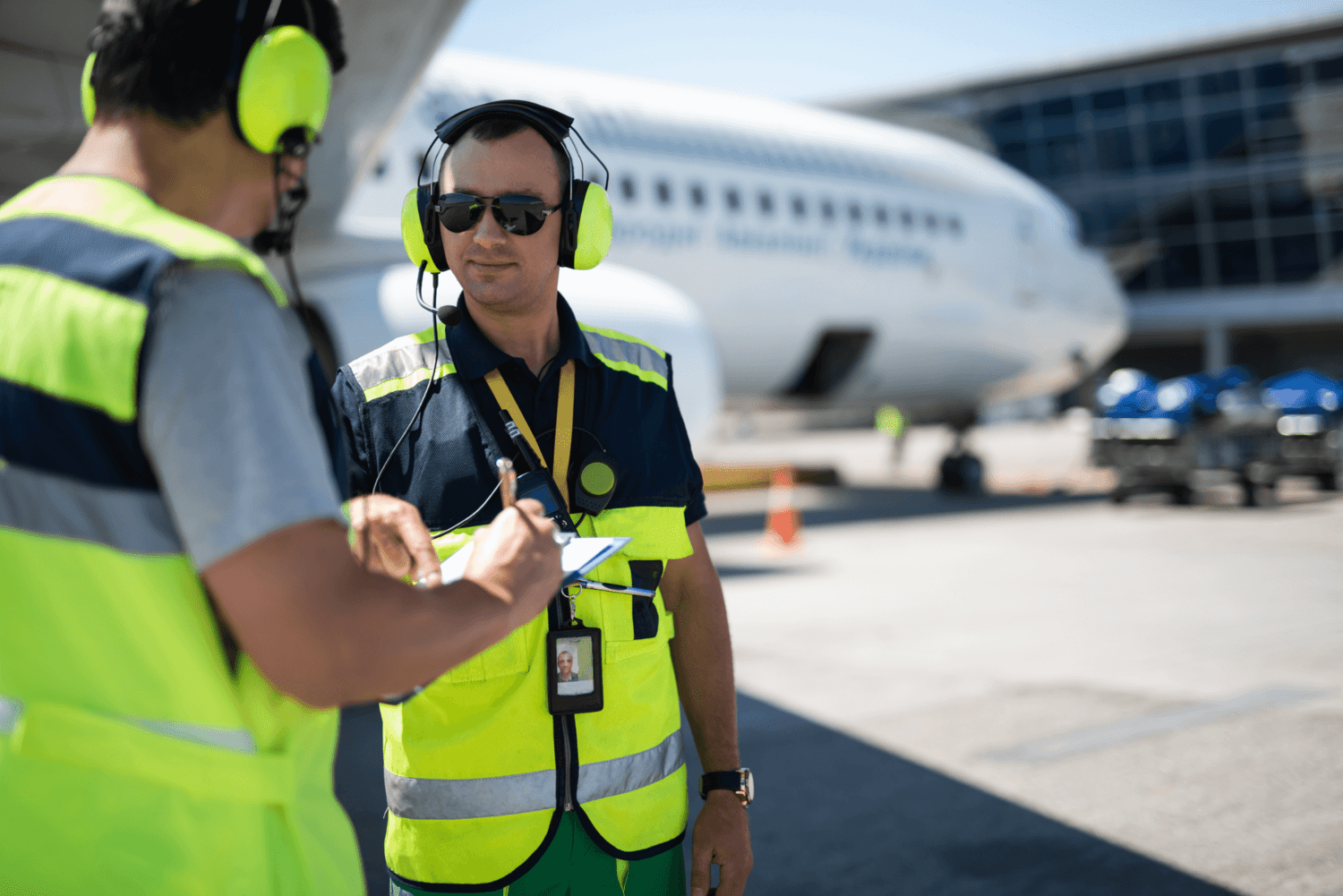
Release date : 2020-09-09
E-procurement may provide more effective component support during seasonal changes
According to AeroStrategy, the total amount of aircraft inventory in the industry is worth over $47 billion reaching the overall value of the entire MRO services’ market. The major portion of the inventory is airline-owned, proving that carriers prefer to maintain fully equipped own stocks, rather than acquire spare parts in case of need. But with fleet extensions, especially during seasonal changes, airlines are faced with a burdening issue – how to establish a cost-effective spare parts support for the additional aircraft in the fleet.
According to the same AeroStrategy analysis, airlines worldwide spent over $6 billion in terms of stock management in 2009. Today the figures ought to be even higher as the global aircraft fleet since then has been replenished by almost 2000 new aircraft delivered by the two leading manufacturers alone. Along with the fleet extension and renewal, many air companies also extend their spare parts stocks, in order to ensure component support for the fleet in any situation.
“Apart from the strategic fleet expansions and renewals, there are also seasonal changes, triggered by temporal increases in passenger flows. In order to benefit from such opportunities, many air carriers lease additional aircraft for short-term periods. However, it is ineffective to adapt the same component support strategies for regular fleet and short-term leased airplanes,” commented the CEO of Locatory.com Zilvinas Sadauskas.
Apart from the strategic fleet expansions and renewals, there are also seasonal changes, triggered by temporal increases in passenger flows
Whilst aircraft leasing allows air carriers to be more flexible and adjust to market fluctuations, the delivery of airplanes, especially of the types, which are newly introduced into the fleets, raises the issue of reshaping the carrier’s spare parts supply chain. Extending current base inventory stock requires substantial investments, considering that the prices may be as high as $320 000 per single part.
‘Although the prime idea of base stock is to ensure prompt component delivery, keeping extra inventory in order to support short-term leased aircraft won’t necessarily solve all the issues. Sometimes alternative solutions may prove to be way more expedient, particularly if your aircraft is AOGed in a remote destination. For instance, using different e-procurement solutions, such as online parts’ marketplaces, provides airlines with an access to local parts’ suppliers. Thanks to automated managing systems, air carriers receive consolidated information and price lists, along with the possibility to choose the most optimal supplier from the geographical point of view, thus significantly optimizing logistic costs,’ concluded Zilvinas Sadauskas.


